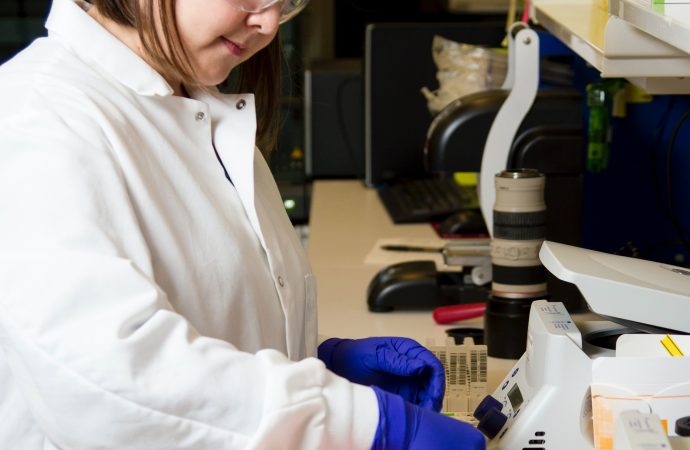Blood donation centers around the world have recently updated their screening process with additional questions to ensure the safety of the blood supply. These new screening questions are designed to enhance the screening process and identify potential donors who may be at a higher risk of transmitting infectious diseases through donated blood. The safety of
Blood donation centers around the world have recently updated their screening process with additional questions to ensure the safety of the blood supply. These new screening questions are designed to enhance the screening process and identify potential donors who may be at a higher risk of transmitting infectious diseases through donated blood.
The safety of the blood supply is of utmost importance, and these updated screening questions will help blood centers identify potential risks and ensure the health and safety of recipients.
The new screening questions cover several areas, including travel history, sexual behavior, drug use, tattoos and piercings, and COVID-19. These questions are designed to identify potential donors who may be at a higher risk of transmitting infectious diseases through donated blood.
Detailed travel history questions are now included in the screening process to identify potential donors who may have been exposed to infectious diseases while traveling. Donors who have traveled to areas with a high risk of infectious diseases may not be eligible to donate blood.
The updated screening process also includes more detailed questions about sexual behavior. These questions are not meant to discriminate against any particular group of donors, but are part of the blood centers’ efforts to ensure the safety of the blood supply. Donors who engage in high-risk sexual behavior may not be eligible to donate blood.
Additional questions about drug use have also been added to the screening process. Donors who have injected drugs in the past may not be eligible to donate blood due to the risk of transmitting infections such as HIV and hepatitis B and C.
The updated screening process also includes questions about tattoos and piercings. Donors who have received a tattoo or piercing within a certain period may not be eligible to donate blood due to the risk of transmitting infections such as hepatitis B and C.
Questions about COVID-19 have also been added to the screening process. Donors who have had COVID-19 or have been in close contact with someone who has had COVID-19 may not be eligible to donate blood for a certain period.
The new screening questions are important to ensure the safety of the blood supply and reduce the risk of transmitting infectious diseases through donated blood. Donors should answer all questions truthfully and accurately to ensure the safety of the blood supply and the health of the recipients.
In addition to the new screening questions, blood centers have implemented additional safety measures to protect donors and staff. These measures include increased cleaning and disinfecting, temperature checks, social distancing, and the use of personal protective equipment.
Blood donation centers are always in need of blood donations, and your donation can help save lives. However, it’s essential to follow the new guidelines set out by blood banks to ensure the safety of both donors and recipients.
It’s important to note that not all potential donors will be eligible to donate blood, and this is for the safety of both the donor and the recipient. Donors should not be discouraged if they are unable to donate blood. There are other ways to help, such as volunteering at blood drives or spreading awareness about the importance of blood donations.
In conclusion, the new screening questions added to the blood donation process are essential to ensure the safety of the blood supply and reduce the risk of transmitting infectious diseases through donated blood. Donors should answer all questions truthfully and accurately to ensure the safety of the blood supply and the health of the recipients. Blood centers have implemented additional safety measures to protect donors and staff, and it’s important to follow the new guidelines to ensure the safety of both donors and recipients.

















Leave a Comment
Your email address will not be published. Required fields are marked with *